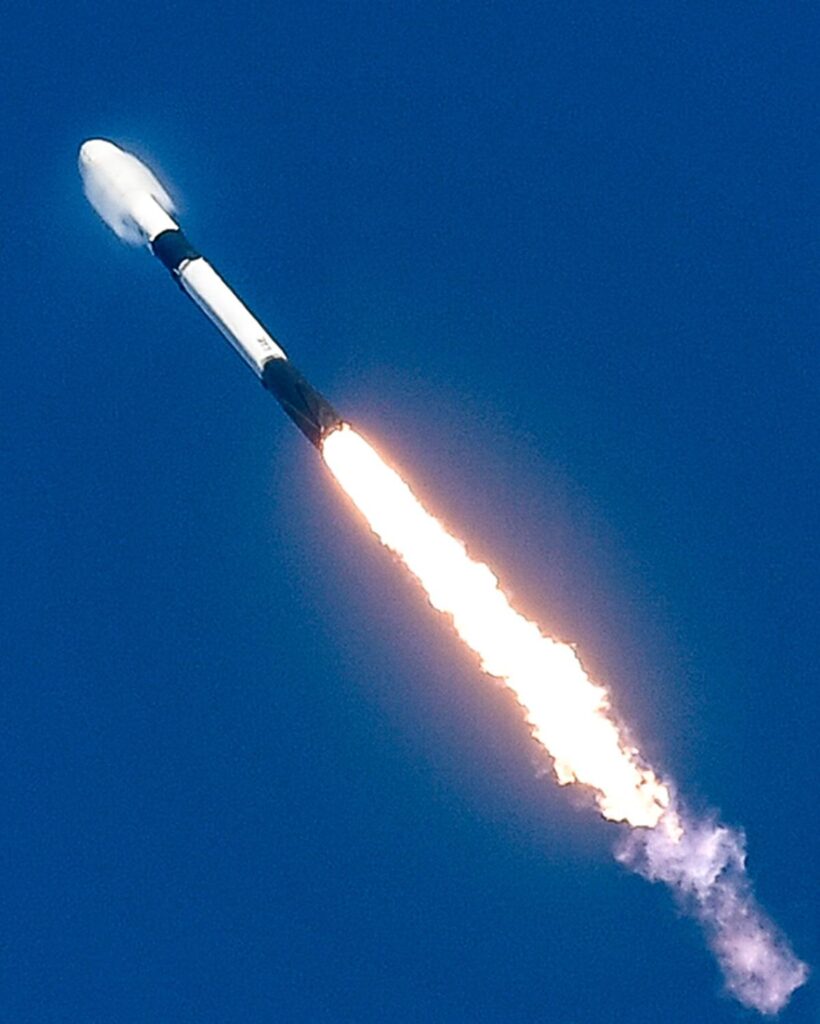On December 29, 2023, SpaceX achieved a remarkable milestone by conducting a doubleheader launch featuring both a Falcon Heavy and a Falcon 9 rocket, which propelled the total number of annual orbital rocket launches from Cape Canaveral to an unprecedented 72. This impressive rate of launches showcases the rapid acceleration of Florida’s rocket-launch operations and sets a new standard for mission cadence at the Space Coast. The impressive figures from the final days of 2023 signal not only SpaceX’s dominance in the space industry but also highlight the growing significance of Cape Canaveral as a premier location for space exploration and satellite deployment.
However, it would appear that SpaceX’s pace was far from slowing down. Just a short time later, on a Saturday in October, SpaceX propelled the 73rd rocket of the year into the sky from Cape Canaveral Space Force Station, marking an ongoing trend of rapid growth in rocket launches. This Falcon 9 mission, dedicated to the Starlink 10-8 project, lifted off from Launch Complex 40 at precisely 5:47 p.m. EDT, successfully delivering 22 Starlink satellites into low-Earth orbit. The mission confirmed that SpaceX continues to thrive with its ambitious growth strategy, illustrating a commitment to connecting people worldwide via its high-speed internet service via Starlink.
Looking ahead, preparations were already underway for the 74th launch, with another Falcon 9 mission scheduled for Wednesday, as denoted by a Federal Aviation Administration operations plan. Although SpaceX has yet to officially confirm this upcoming mission, it is intended to follow the recent success and continuity of launching Starlink satellites. Furthermore, the ongoing support and interest in SpaceX’s offerings highlight a significant demand for satellite internet services, positioning the company for a productive and successful end to 2023.
The October launch held additional significance, coinciding with the four-year anniversary of Starlink’s first paying customer. Since that initial milestone, Starlink has reportedly connected over 4 million users, including individuals and organizations worldwide. This widespread adoption has helped reinforce the surge in SpaceX’s launch rates and highlights the critical role that satellite internet services play in modern connectivity. In their communications, Starlink officials mentioned their accomplishments and even pointed out the ongoing relevance of their service, such as supporting astronauts on missions, which adds another layer of achievement to their operations.
The Falcon 9 mission on that historic Saturday was particularly noteworthy, as it demonstrated the efficiency of SpaceX’s operations through the reuse of first-stage boosters. The particular booster used for the launch had already completed 19 flights, which included several successful missions with different payloads alongside various Starlink launches. Demonstrating effective cost management and engineering expertise, SpaceX was able to recover the booster following its launch, landing it on the drone ship “Just Read The Instructions” located in the Atlantic Ocean. This milestone further exemplifies how SpaceX’s innovative strategies are shaping the future of space exploration.
Overall, the launch activity at the Cape Canaveral Space Force Station and NASA’s Kennedy Space Center indicates a robust and dynamic future for space technology and satellite deployment. The ongoing success of SpaceX, marked by rapidly increasing launch rates and effective mission execution, directly contributes to this progression. As SpaceX continues its journey through 2023, bolstered by the demand for global connectivity through Starlink, the ambitious company is not only setting records but also revolutionizing the space industry as it moves into uncharted territories. Support for continued reporting on this rapidly evolving field reinforces the importance of journalism in bringing attention to advancements in space exploration and technology.

